|
|
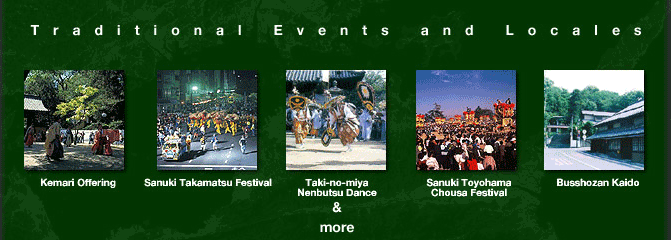 |
|
3.2 Traditional Events and Locales
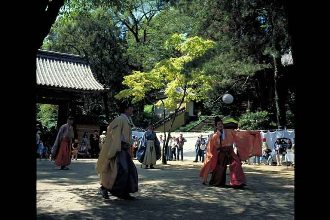
From its introduction from China (along with Buddhism) 1400 years ago, the sport of kemari has a long history in Japan. Originally a game played by the Emperor and other nobility, the Shogun, warrior classes, and monks and priests of Buddhist and Shinto affiliation, the sport spread in popularity and was eventually enjoyed by people of all classes, ages, and genders.
“Dedication kemari” takes place on May 5th at Kotohira Shrine. Participants don colorful costumes and, after praying at the shrine, offer the ball to the gods before playing with it. They then demonstrate the fantastic techniques employed when playing kemari.
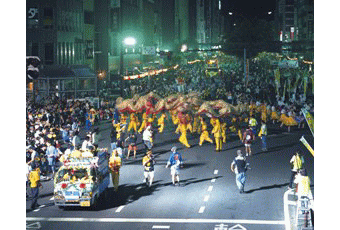
The Taki-no-miya Nenbutsu Dance originated 1000 years ago. The year 888 saw a long drought in the Sanuki region. The provincial governor prayed for rain and, when it actually began to fall, his overjoyed subjects began to dance. Their ecstatic movements are said to be the origin of today’s dance.
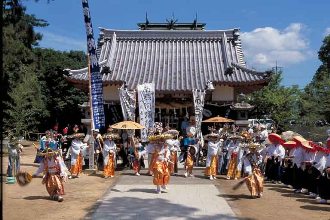
The Taki-no-miya Nenbutsu Dance originated 1000 years ago. The year 888 saw a long drought in the Sanuki region. The provincial governor prayed for rain and, when it actually began to fall, his overjoyed subjects began to dance. Their ecstatic movements are said to be the origin of today’s dance.

The chousa is a large drumming platform used in festivals. Toyohama in Kanonji holds the Chousa Festival in fall. Twenty-some of these floats are decorated with gold thread and other adornments and paraded around town for three days.
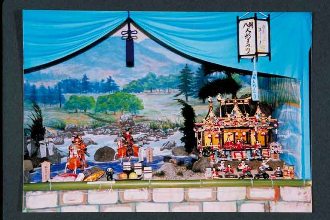
Nio, in Mitoyo, has a festival every year on September 20th to pray for the healthy growth of their children. Stages are constructed from rocks, sand, and vegetation in front of stores or in tatami rooms; people use these stages to recreate famous scenes from well-known historical events.
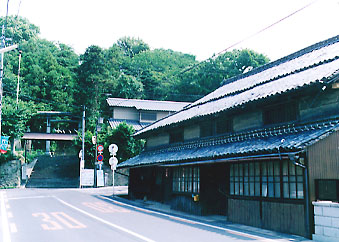
The old "kaido" highway in Busshozan, Takamatsu, is a good example of a traditional village built up around a temple. Old shops and homes are preserved even today.
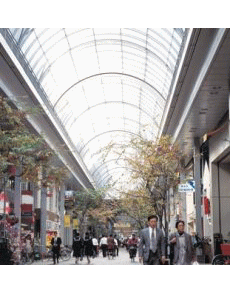
Characteristic of castle towns, Takamatsu is laid out in a grid-like pattern, with many one-way streets. The shouten-gai, or shopping arcade, might be called the nucleus of the city, with eight arcades and a combined length of 2.7 kilometers (which also makes it the longest shopping arcade in Japan). Approximately 800 shops, bars, and restaurants stand side by side in and around the arcade.
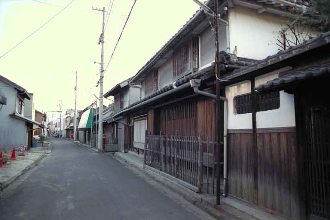
Facing the ocean in eastern Kagawa, Hiketa has been an important point of trade for soy sauce and the Three Sanuki Whites (sugar, salt, and cotton) since the Edo Period. The many ships transporting goods from Hiketa made it one of the most important port towns in eastern Sanuki. Some of the feeling of a castle town remains even today, and you might feel like you’ve been transported back in time as you walk its streets.
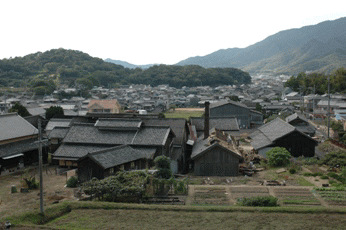
A walk along the main street in Uchinomicho, Shodoshima, gives visitors a glimpse into a past era; old soy sauce warehouses and breweries line the way. Soy sauce, one of the island’s traditional products, is a piece of living history.
 Kagawa Prefecture, Japan
Kagawa Prefecture, Japan